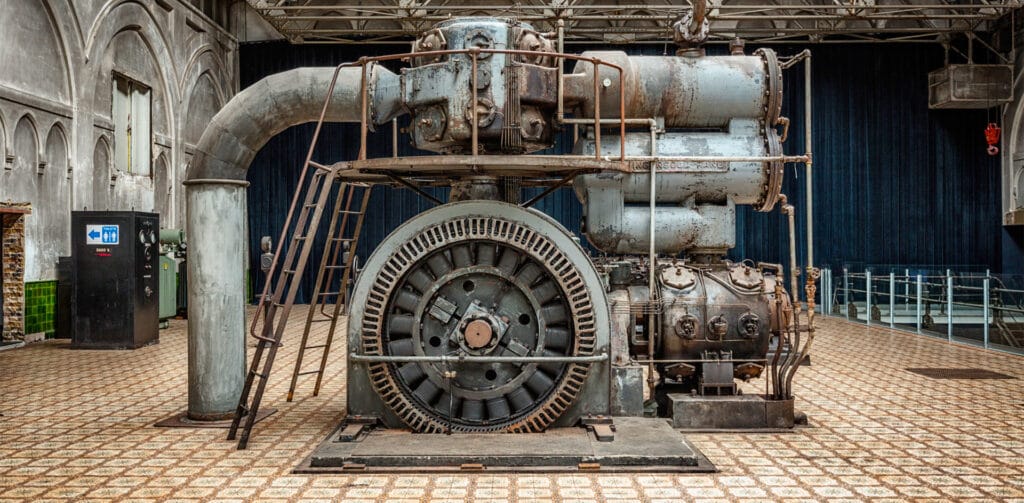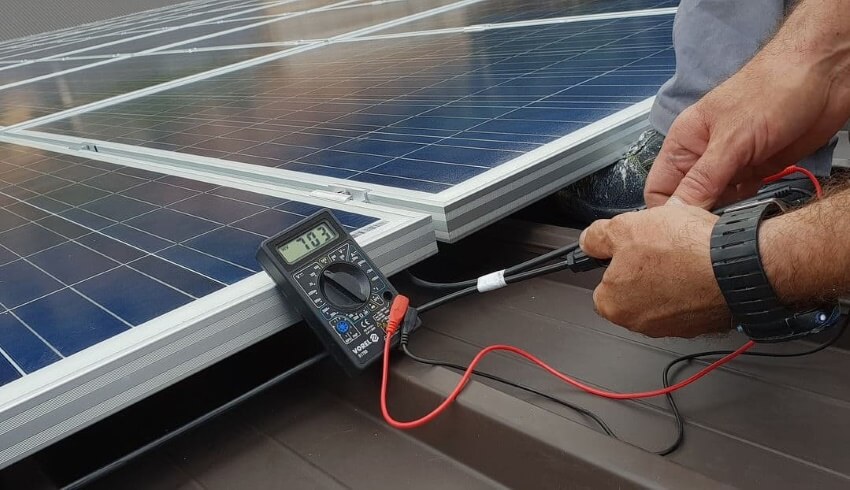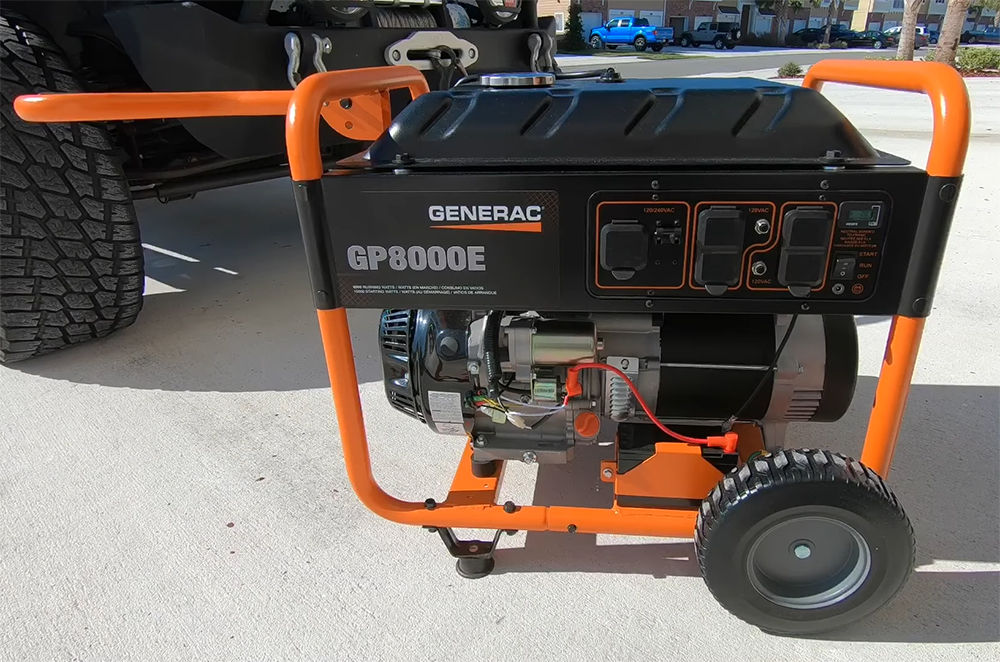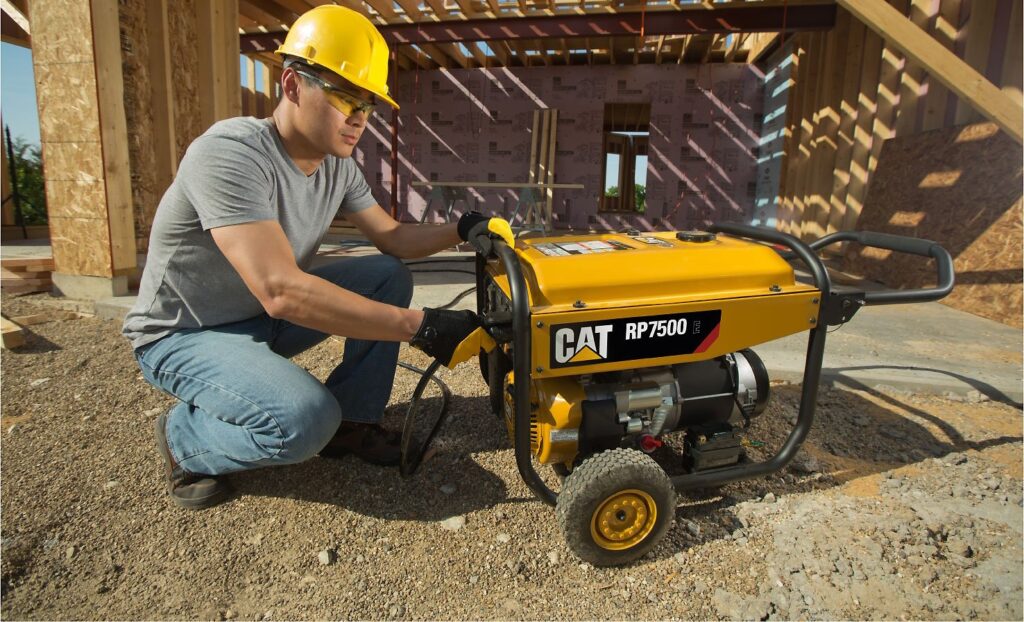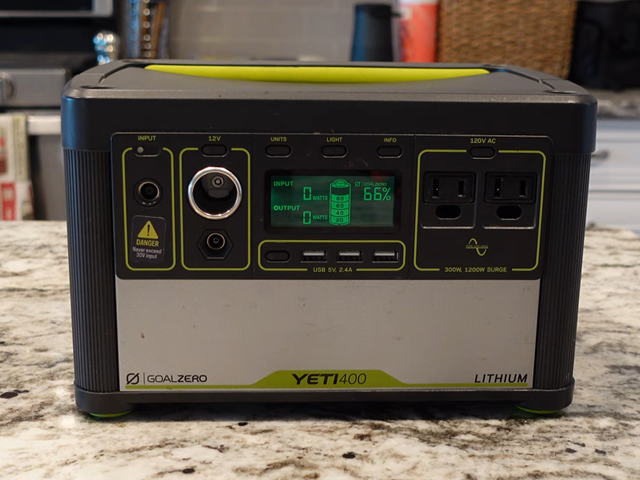
If you own an RV, you are an adventurous or outdoorsy person. However, there might be times you run out of propane and need to keep yourself warm without it. Yes, RV heating without propane is possible, and you’re just about to find out how to heat an RV without propane.
There are several ways to heat your RV. Before you make a choice, remember to account for the following factors:
As the name suggests, active heating makes use of tools that are dedicated to heating the RV air. Each tool is an answer to how to heat an RV without propane and they are as follows:
Numerous types of space heaters available come packed with their own sets of pros and cons.
Depending on the environment of your RV, you may need to consider factors such as safety, noise, and space. For instance, a ceramic space heater is an easy-to-use solution that offers comparatively more safety.
On the other hand, oil-filled space heaters might not be suitable for the RV and can even lead to fire hazards. Similarly, other choices may include infrared space heaters.
Heated flooring is a good yet difficult to install way of heating your RV. The requirement is to install heated panels in the flooring to keep your feet warm and conserve heat for the entire RV.
Even though radiant flooring may be an expensive option, it is worth the investment if you dislike stepping on icy floors.
In addition, if you already have a high-end RV model then it is highly likely that it already has radiant flooring built in.
Heat pumps or pump heating is an energy-efficient method for RV heating. They just might be more efficient than any other electric heater.
However, they might not suffice for freezing temperatures. That is to say, they draw heat into the RV from outside and keep it warm. They are good for cold weather but do not operate below 35 degrees Fahrenheit.
Furthermore, the upfront installation cost is quite high. Even though they make the list of alternatives but they lack competitiveness.
If you want to stay warm but also love the environment and save some money then solar heating is comparatively a more cost-efficient and eco-friendly RV heating option.
Solar heating systems operate by absorbing sun heat from their panels and generating electricity just like a normal solar panel. However, they go a step further by sucking in air through a fan towards the heated panels and finally releasing the hot air in the RV.
Solar heating and pump heating both utilize the environment for heat but unlike pump heating, solar heating can operate in winters as well. Although it might not be as efficient in those temperatures.
Hydronic Heating makes the last of the list because it is costly and a time-intensive process. Moreover, you cannot install it yourself and extra costs are added by hiring a professional for the job.
This particular method works like most home heating systems. In other words, a mixture of water and anti-freeze flows through a series of pipes and radiators fixed in various parts of your RV.
The fluid mixture is heated by the RV engine while it is driving and a boiler when parked. Again, in a parked state, electricity or fuel is required to run the system and can add more costs.
The goal is to stay warm in winters and if the weather conditions are not too harsh, you can resort to passive heating methods to stay warm in more cost-effective ways.
Even though passive heating methods may not provide the required heat but they are sufficient to keep you warm.
Insulation simply implies trapping heat inside your RV. The heat can be from your body or other appliances running.
You can achieve this by installing insulating materials in specific areas of your RV where the chances of heat leaks might be higher. Foam insulations in the ceilings and walls should do the trick and the method is effective and budget-friendly.
Using rugs in your RV adds an insulation layer to the floors and keeps your feet warm. This can be an alternative to radiant flooring and even work well with radiant flooring.
However, make sure you place these rugs over all the floors in your RV for better results.
Your RV vents allow heat to escape. A good measure would be to install Styrofoam or vent insulators.
There are pre-cut vent insulators available online or in RV stores near you. For the Styrofoam, make sure you secure it in place using painter’s tape.
This is a simple method where you can keep the doors shut or if you want some sunlight, cover the screen door with heavy-duty plastic for insulation. Similarly, for windows, use a windshield to trap the heat inside.
Don’t be afraid to experiment and switch between day/night shades to keep the heat in.
How to heat an RV without propane is possible with multiple individual techniques that you can even combine for better results. You can sum up the alternatives as active and passive heating. Based on your budget and time availability, choose the one that provides results in the longer run.
